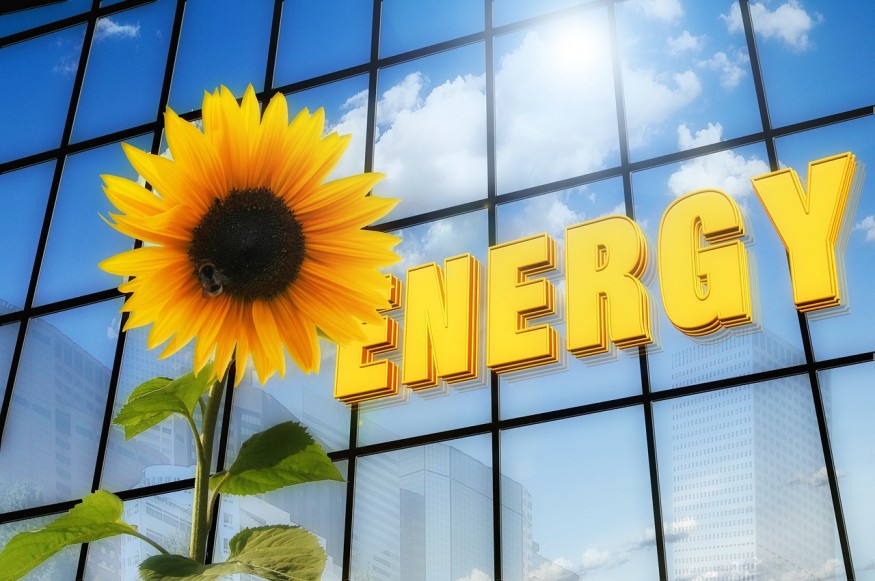A new initiative at the Kansas Geological Survey may assist in addressing the difficulty of intermittent renewable energy generation like wind and solar operations supply a growing percentage of the country's energy demands.

The KGS will investigate the prospect of storing excess energy generated by coal-fired power stations in underground salt caverns for future use with Evergy.
A geologist and project principal scientist at KGS, Franek Hasiuk, said, "Excess power may be utilized to split water into hydrogen and oxygen gas." In the power plant, "the hydrogen may then be burned with natural gas, added to pipeline natural gas for use in home furnaces and stoves, supplying it to another firm for use in chemical processes such as fertilizer manufacture, or used to power automobiles," according to the company.
Meeting Demands

Natural gas and coal-fired power plants, which were previously the basis of the power sector, were meant to fulfill consumers' electrical demands by being always-on power producers. Electrical grid operators now commonly acquire electricity from wind, solar, and nuclear operations first, then switch to natural gas and coal facilities during peak demand or low renewable energy supplies.
As a result, the plants are kept inactive for long periods, inefficient and uneconomical. However, it may be more economically feasible if a plant can remain on and store any wasted energy for future use.
H2S might allow Evergy to store enormous quantities of energy to address the challenge of renewable power generation is intermittent - no solar at night, no wind power at night, no solar power when it's not windy," Hasiuk added.
Related Article : Innovative Hydrogen Storage Project will be Launched in Glasgow
Salt Beds
In Kansas, extensive salt beds exist beneath the surface. It spans over 37,000 square miles in central and south-central Kansas subsurface and reaches a maximum thickness of more than 500 feet, deposited during the Permian Period. Western and southwestern Kansas also have thick salt deposits.
Since the late 1800s, Kansas has mined salt. Natural gas, liquids, and other hydrocarbons are currently stored in salt bed caverns. Some formed during salt mining and others, particularly for storage.
Collaborative Effort

Working with Evergy and sponsored by a $200,000 grant from the United States, the KGS The economic hazards and benefits of storing hydrogen in these deep salt caverns will be investigated by the Department of Energy. Modern computerized tools will map salt deposits at probable locations as part of the research.
"At this time, it's questionable if energy providers can afford to take on a project like this," Hasiuk added. "Our research will aid in the reduction of uncertainty around hydrogen storage. We may discover that the costs of subterranean storage are as unsafe as or riskier than imagined after the study, but we should be more certain about how risky it is."
The partners will progress to a second phase consisting of more sophisticated engineering and design of a storage system if the one-year experiment successfully establishes the practicality of hydrogen storage.
Also Read : Advancing Transition to Renewable Energy Should Include Honest Discussion of Costs, Supply, and More
For more news about making the environment sustainable, don't forget to follow Nature World News!
© 2025 NatureWorldNews.com All rights reserved. Do not reproduce without permission.





